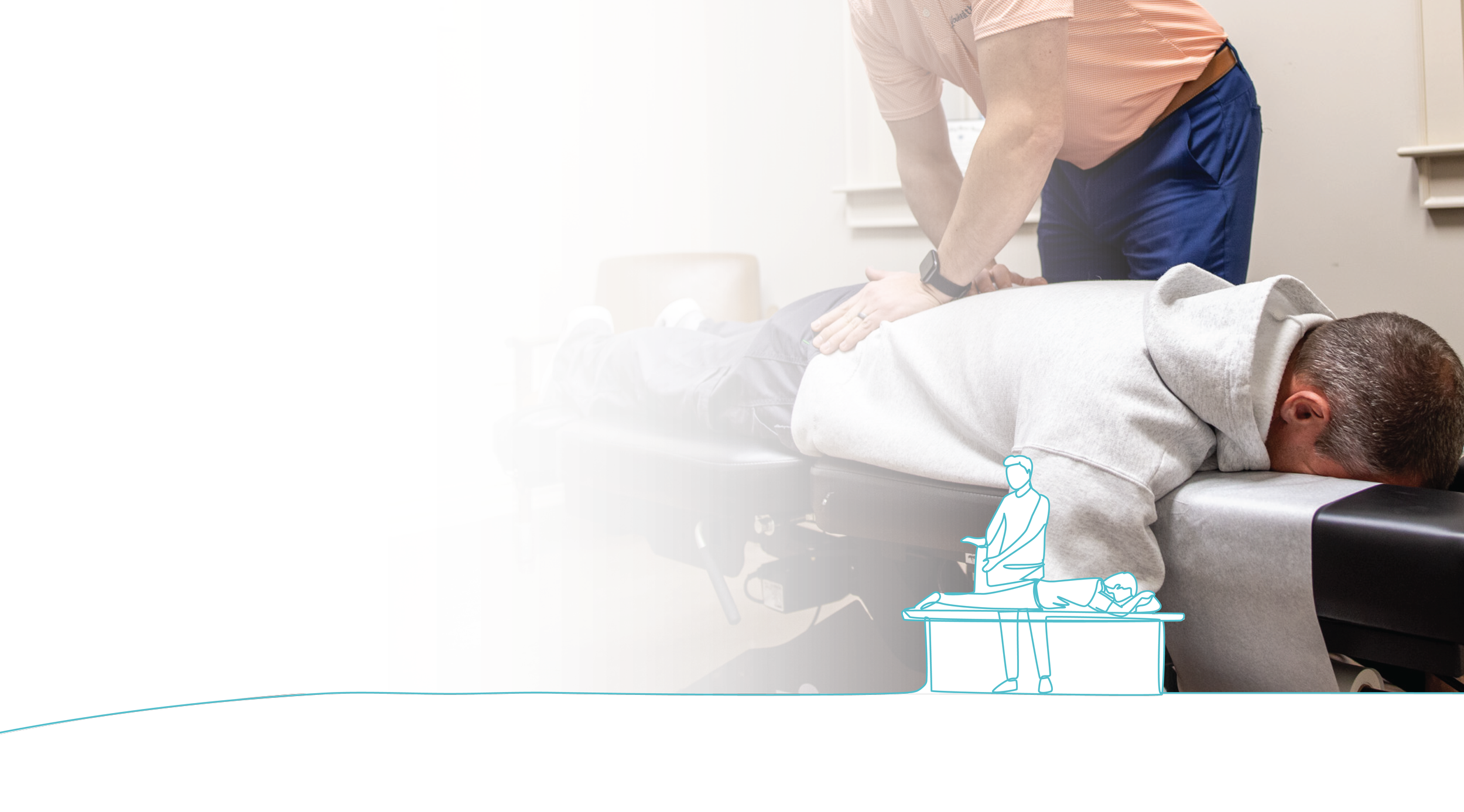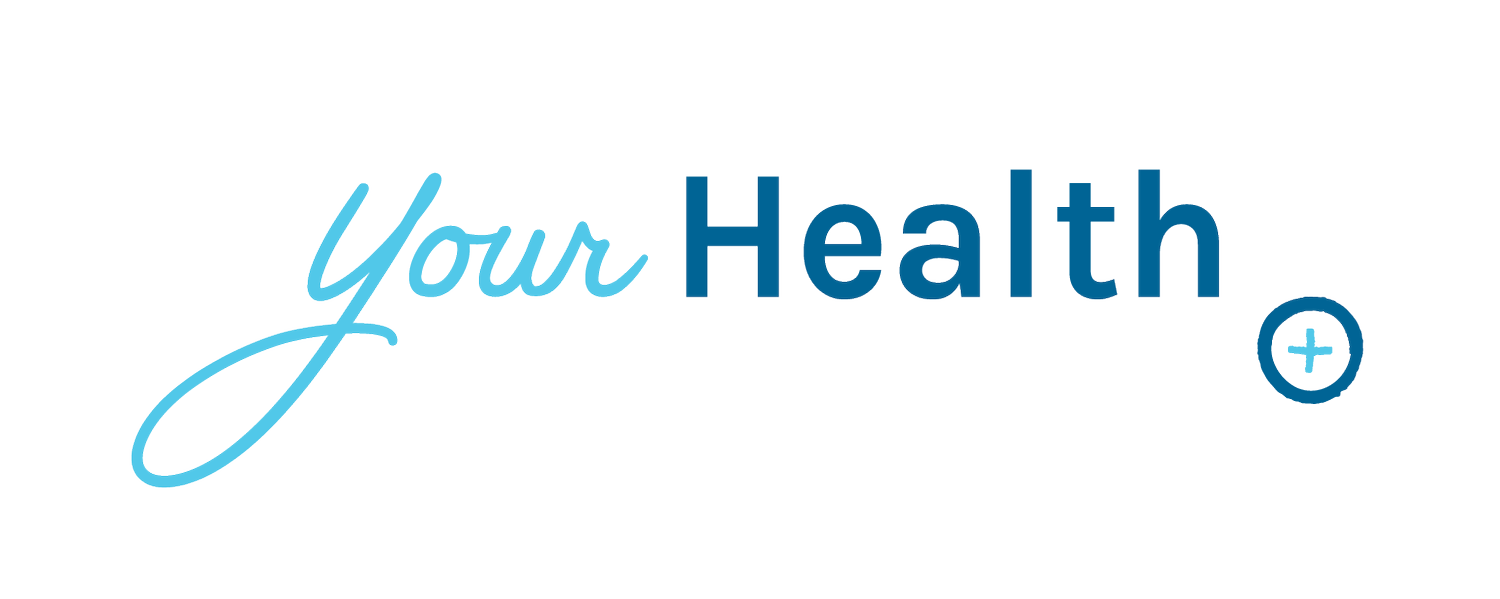
Reclaim your Well-Being,
Through Chiropractic Care.
INCREASE MOBILITY | DECREASE PAIN | IMPROVE FUNCTION
Explore gentle chiropractic care for natural healing. Experience pain relief and enhanced well-being without medication or surgery. Book an appointment today to start your journey to a holistic solution to pain.
Identify your pain point,
we’ll target the root cause.
CLICK ON YOUR PAIN POINT TO LEARN MORE
MEET YOUR LOCAL
Chiropractic Experts
Mike Nemastil, DC
Columbia, SC
(803) 451-6133
Josh Thorp, DC
Chapin, SC
DEBUNKING THE MYTHS BEHIND
Chiropractic Care
TREATING THE WHOLE PERSON
Not the Problem
MORE CHIROPRACTIC RESOURCES
Chiropractic Care Testimonials
Have More Questions? Find Your Answers.
Frequently Asked Questions
-
Yes, chiropractic care is generally considered safe when performed by a licensed and trained chiropractor. Chiropractors undergo extensive education and training to ensure the safety and effectiveness of their treatments. Book your appointment today.
-
Chiropractic care can help with a wide range of conditions including back pain, neck pain, headaches, joint pain, sports injuries, and musculoskeletal issues.
-
We accept Medicare, Medicaid, BCBS, Aetna, Multiplan, Absolute Total Care, and WellCare.
-
During a chiropractic appointment, the chiropractor will conduct a thorough assessment of your health history, perform a physical examination, and may use diagnostic tests such as X-rays if necessary. Treatment may involve chiropractic adjustments, manual therapies, rehabilitative exercises, and lifestyle recommendations.
-
The number of chiropractic sessions needed varies depending on the individual and the nature of the condition being treated. Your chiropractor will develop a personalized treatment plan based on your specific needs and goals.
-
Myofascial release is a technique used to release tension and tightness in the fascia, a connective tissue that surrounds muscles, bones, and organs. It involves applying gentle pressure and stretching to the affected areas to alleviate pain and improve mobility.
-
Myofascial release can help with conditions such as muscle tightness, trigger points, scar tissue adhesions, and chronic pain syndromes.
-
Myofascial release should not be painful when performed correctly. Some individuals may experience mild discomfort during treatment, but this should subside as the tissues begin to release.
-
The number of myofascial release sessions needed depends on the severity of the condition and individual response to treatment. Your therapist will work with you to develop a treatment plan based on your specific needs and goals.
-
Yes, there are self-myofascial release techniques that you can perform at home using foam rollers, massage balls, or other tools. However, it's important to learn proper technique to avoid injury and achieve optimal results. Book an appointment with us today to learn more.
-
Shockwave therapy, also known as extracorporeal shockwave therapy (ESWT), is a non-invasive treatment that uses high-energy shockwaves to stimulate the body's natural healing response. It is commonly used to treat musculoskeletal conditions such as tendonitis, plantar fasciitis, and chronic pain syndromes.
-
Shockwave therapy works by delivering high-energy shockwaves to the affected area, promoting increased blood flow, tissue regeneration, and the breakdown of scar tissue. This helps to alleviate pain, reduce inflammation, and improve overall function.
-
Shockwave therapy may cause mild discomfort during treatment, but it is generally well-tolerated by most patients. Your healthcare provider can adjust the intensity of the shockwaves to ensure your comfort during treatment.
-
The number of shockwave therapy sessions needed varies depending on the severity of the condition and individual response to treatment. Your healthcare provider will recommend a treatment plan based on your specific needs and goals.
-
The most common side effects of shockwave therapy include temporary soreness, redness, and bruising at the treatment site. These side effects typically subside within a few days following treatment.















